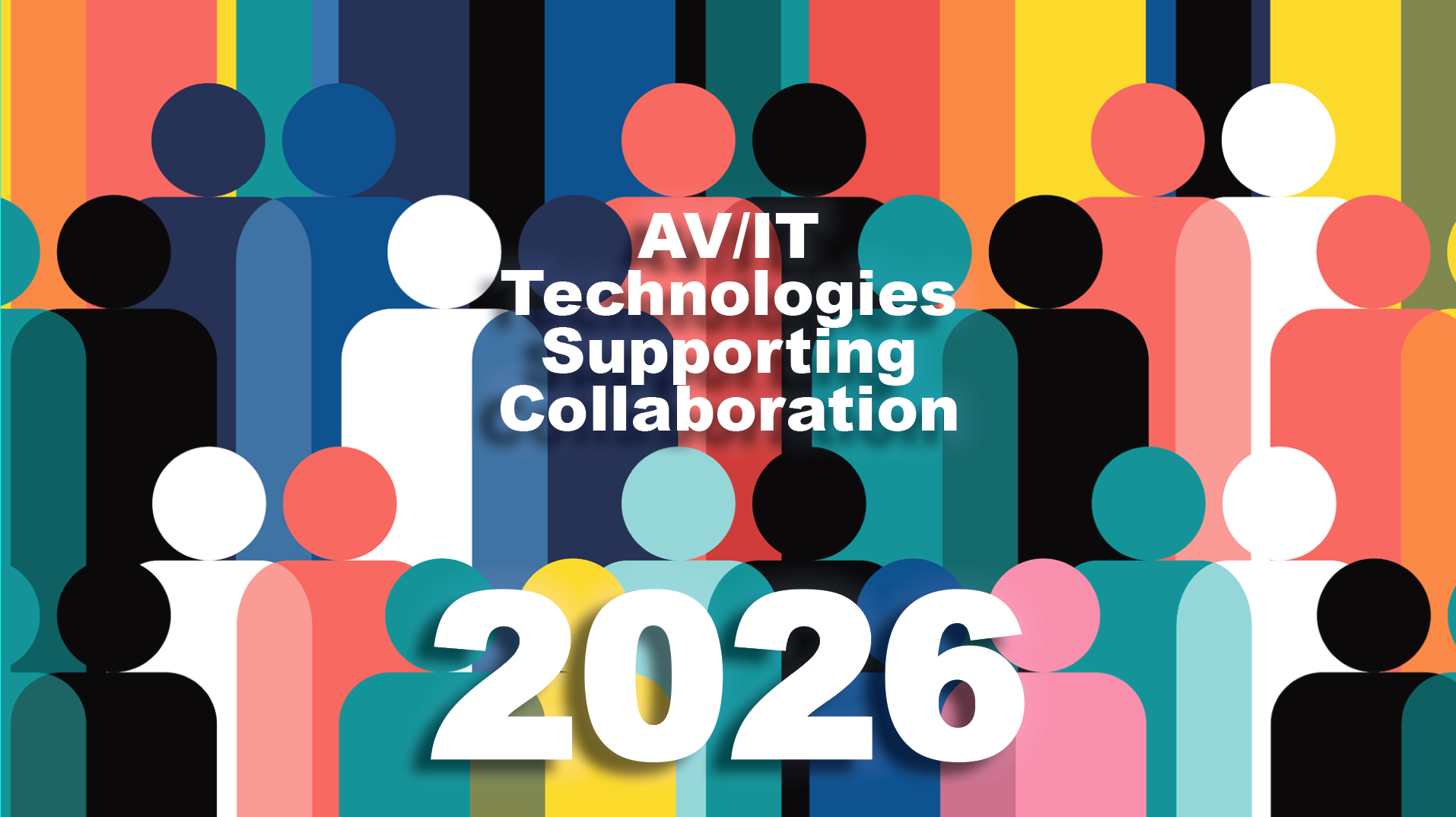30 AV/IT Thought Leaders On Hybrid Work in 2024
A recent survey noted that seventy-two percent of financially thriving businesses said they have prioritized professional audio quality and tech investments, resulting in more collaborative and flexible work, increased engagement, and organizational resilience.

Will 2024 be the year that the hybrid workplace model finds its footing? The jury is still out, but research points to progress being made.
Shure recently commissioned market research firm IDC to conduct a global study on the challenges facing businesses in the age of hybrid work. The research found that while hybrid meeting environments are the current working model, organizations are not equipped with the tools needed for effective communication. As a result, employees are left discouraged and disengaged, creating a cycle of frustration.
It is heartening to hear that seventy-two percent of financially thriving businesses said they have prioritized professional audio quality and tech investments, resulting in more collaborative and flexible work, increased engagement, and organizational resilience. On the other hand, employees without access to high-quality audio and tech tools cited poor communication and collaboration or low attention levels. “With the right conferencing technology, organizations can improve communication, collaboration, productivity, wellbeing, and happiness for employees regardless of location,” said Sean Bowman, associate vice president of North America sales at Shure. “Solutions that offer seamless connectivity, easy configuration to meet the needs of any meeting room environment, and compatibility with leading streaming platforms are key to a productive workplace.”
According to Frost and Sullivan, 95 percent of IT decision makers plan office changes to support remote and hybrid work. “Organizations are reshaping business culture, so their physical workplace and technology investments must meet the evolving needs of their workforce,” said Yannic Laleeuwe, marketing director of Meeting Experience at Barco ClickShare. “When employees work from home, they should feel seen and heard and enjoy equal opportunities to contribute. Video technology plays an essential role in bringing inclusivity and equity to the meeting room.” But, currently, fewer than 15 percent of meeting spaces are video-enabled, indicating room for growth.
Perry Sun, product marketing manager at Atlona, added, “We continue to see significant demand for AV systems supporting in-person and hybrid meeting applications, including team collaboration and video conferencing. Additionally, many companies are reviewing and revising their strategic planning for meeting spaces and workplace configurations, which are likely to result in evolving requirements for supportive AV technologies.”
David Missall, insights manager at Sennheiser, noted two significant trends in the hybrid workplace. To combat the very real security risk, “Sennheiser is approaching it from the device level by integrating REST API into its products, leveraging built-in security mechanisms in HTTP/S such as TLS and SSL encryption—thereby helping to secure data transmission,” he said. The other trend is implementing AI into meeting management and processes. “AI-driven meetings are enabling a previously unseen level of productivity with capabilities like automated meeting summaries and transcriptions. Such features are unlocking untapped value in data management, and this functionality will only increase,” Missall said.
Click on the manufacturer's name in the sidebar to check out these full interviews and insights from 30 AV/IT industry experts.
A daily selection of features, industry news, and analysis for tech managers. Sign up below.

Cindy Davis is the brand and content director of AV Technology (AVT). She was a critical member of the AVT editorial team when the title won the “Best Media Brand” laurel in the 2018 SIIA Jesse H. Neal Awards. Davis moderates several monthly AV/IT roundtables and enjoys facilitating and engaging in deeper conversations about the complex topics shaping the ever-evolving AV/IT industry. She explores the ethos of collaboration, hybrid workplaces, experiential spaces, and artificial intelligence to share with readers. Previously, she developed the TechDecisions brand of content sites for EH Publishing, named one of the “10 Great Business Media Websites” by B2B Media Business magazine. For more than 25 years, Davis has developed and delivered multiplatform content for AV/IT B2B and consumer electronics B2C publications, associations, and companies. A lifelong New Englander, Davis makes time for coastal hikes with her husband, Gary, and their Vizsla rescue, Dixie, sailing on one of Gloucester’s great schooners and sampling local IPAs. Connect with her on LinkedIn.
